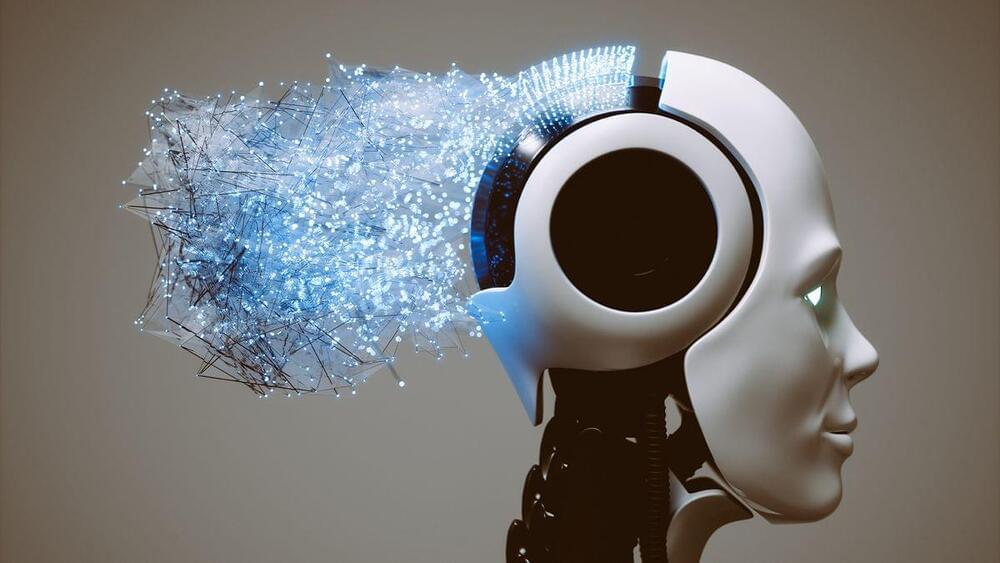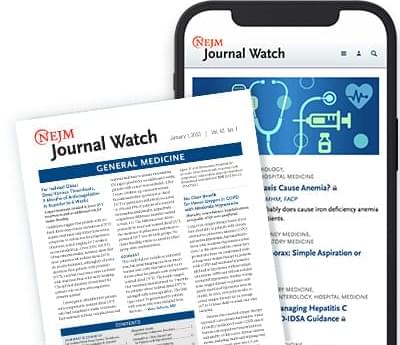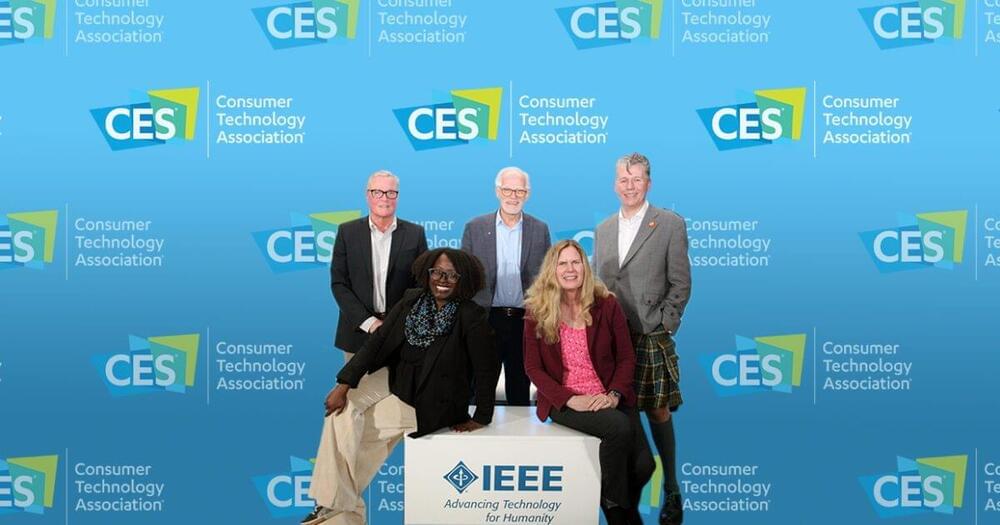The latest star maps are rewriting the story of our Milky Way, revealing a much more tumultuous history than astronomers suspected.


The latest star maps are rewriting the story of our Milky Way, revealing a much more tumultuous history than astronomers suspected.



Should all patients with COPD exacerbations receive oral steroids, or only those with eosinophilia?
The content of this site is intended for health care professionals. Copyright. opens in new tab | Terms. opens in new tab | Privacy Policy. opens in new tab.
Give people a barrier, and at some point they are bound to smash through. Chuck Yeager broke the sound barrier in 1947. Yuri Gagarin burst into orbit for the first manned spaceflight in 1961. The Human Genome Project finished cracking the genetic code in 2003. And we can add one more barrier to humanity’s trophy case: the exascale barrier.
The exascale barrier represents the challenge of achieving exascale-level computing, which has long been considered the benchmark for high performance. To reach that level, however, a computer needs to perform a quintillion calculations per second. You can think of a quintillion as a million trillion, a billion billion, or a million million millions. Whichever you choose, it’s an incomprehensibly large number of calculations.
On May 27, 2022, Frontier, a supercomputer built by the Department of Energy’s Oak Ridge National Laboratory, managed the feat. It performed 1.1 quintillion calculations per second to become the fastest computer in the world.
Japan’s Moon Snipper Landed on the Moon making Japan the fifth nation to accomplish a lunar landing and Astrobiotic’s Peregrine lunar lander reenters Earth’s atmosphere.
Outstanding Antioxidant For Your Health: https://shopc60.com/
Use discount code: GreenGregs10 for 10% off.
These statements and products have not been evaluated by the Food and Drug Administration. This product is not intended to diagnose, treat, cure, prevent, or mitigate any disease.
GoldBacks from Green Greg’s affiliate link:
Use coupon code GreenGregs for 1% off.
Inspire your kids to love science!
SAVE 20% OFF New Science Kits Using Code: NEWKITSSAVE20 At Steve Spangler Science dot com! Great Educational Products For Kids! SHOP NOW! https://www.pntra.com/t/SENKTExNSUhDR05OSUxJQ0dPRkxGRw.
For gardening in your Lunar or Mars habitat GalacticGregs has teamed up with True Leaf Market to bring you a great selection of seed for your planting. Check it out: http://www.pntrac.com/t/TUJGRklGSkJGTU1IS0hCRkpIRk1K
Awesome deals for long term food supplies for those long missions to deep space (or prepping in case your spaceship crashes: See the Special Deals at My Patriot Supply: www.PrepWithGreg.com.
At an APS fluid dynamics meeting, researchers showed off new robotic technologies for studying atmospheric pollution.

The nature of work is evolving at an unprecedented pace. The rise of generative AI has accelerated data analysis, expedited the production of software code and even simplified the creation of marketing copy.
Those benefits have not come without concerns over job displacement, ethics and accuracy.
At the 2024 Consumer Electronics Show (CES), IEEE experts from industry and academia participated in a panel discussion discussing how the new tech landscape is changing the professional world, and how universities are educating students to thrive in it.

Researchers from the Harvard John A. Paulson School of Engineering and Applied Sciences (SEAS) have developed a new lithium metal battery that can be charged and discharged at least 6,000 times — more than any other pouch battery cell — and can be recharged in a matter of minutes.
Research paves the way for better lithium metal batteries.
